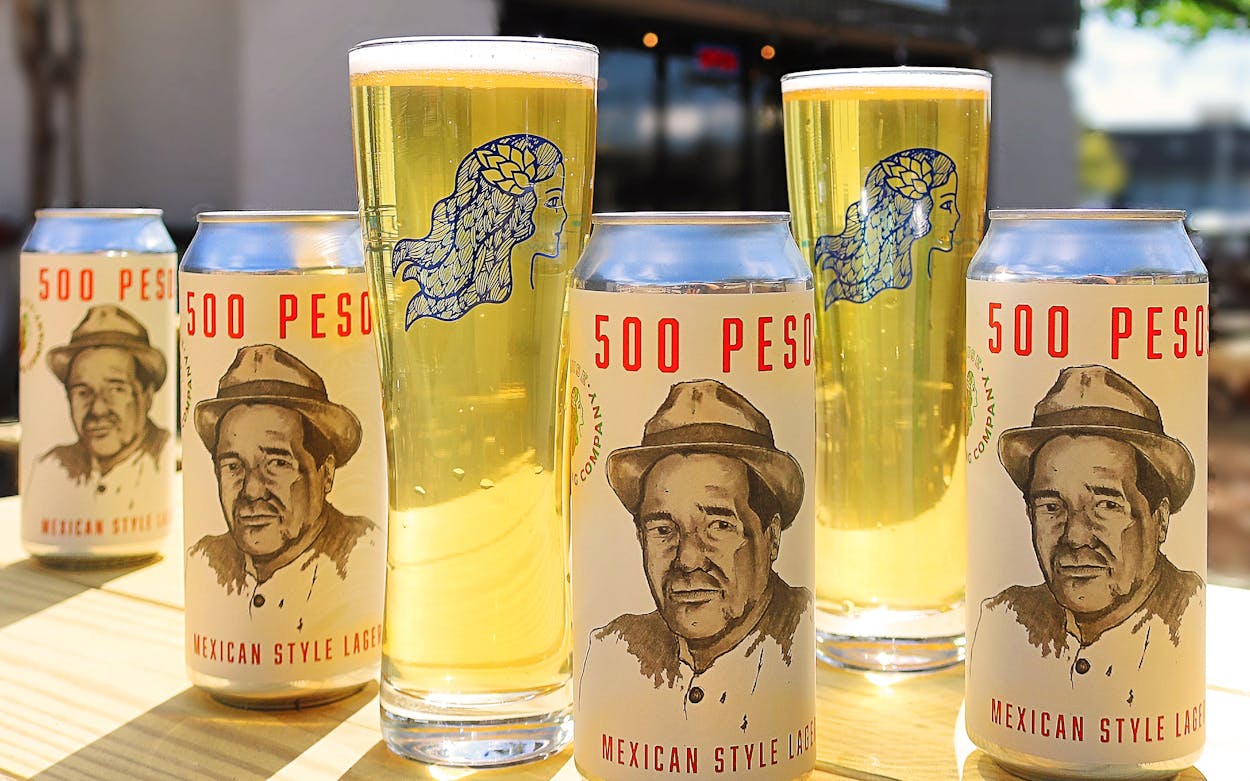Seawall Bar: Top-Rated Beach Bars in Galveston
Wiki Article
Grasping the Craft of Purification: a Deep Study Distillery Traditions
Exploring the detailed art of distillation introduces a world soaked in classic traditions that have shaped the spirits we appreciate today. From the old beginnings of distillation strategies to the modern-day advancement of distillery tools, each action in the process brings with it an abundant tapestry of background and proficiency. As we delve into the fragile equilibrium of modern-day versus traditional distilling techniques and uncover the importance of vital ingredients, a deeper understanding emerges of the profound effect distillery traditions carry the spirits we savor.Beginnings of Distillation Strategies
The development of purification methods has an abundant background that traces back to old people. The idea of dividing elements based on their different boiling points laid the structure for the advanced purification procedures we have today.
The earliest proof of purification go back to around 3000 BC in Mesopotamia, where clay pots were made use of to distill perfumes and fragrant oils. The Egyptians additionally advanced these methods, using purification for medical objectives and embalming methods. The Greeks, significantly figures like Aristotle and Hippocrates, contributed to the academic understanding of purification.
Over time, purification spread to areas like India, China, and the Middle East, each culture including its unique touch to the craft. The advancement of distillation strategies proceeded through the Center Ages and the Renaissance, at some point causing the diverse selection of purification processes used in modern distilleries worldwide.
Advancement of Distillery Devices
/cdn.vox-cdn.com/uploads/chorus_image/image/69556938/305221803_513900044071408_5111142127981802908_n.7.jpg)
With advancements in technology and a deeper understanding of the purification procedure, contemporary distilleries now make use of a selection of innovative tools to produce spirits of the finest. Today, purification devices includes column stills, reflux stills, and crossbreed stills, each created to deal with specific purification requirements. These modern stills use better temperature level policy, boosted distillation accuracy, and higher performance in separating alcohol from impurities.
In enhancement to stills, distilleries now make use of sophisticated condensers, fermenters, and filtering systems to further improve the distillate. The evolution of distillery tools proceeds to play a critical duty fit the diverse series of spirits available on the market today.
Standard Vs. Modern Distilling Practices
Alternatively, modern distilling practices take advantage of advanced innovation and advancement to improve manufacturing procedures and boost uniformity. Automated systems, computerized controls, and advanced equipment allow modern-day distilleries to generate spirits more effectively and with greater accuracy.While traditional distilling methods are cherished for their heritage and the distinct flavors they create, modern techniques supply advantages in regards to scalability, quality assurance, and sustainability. By integrating scientific advancements and modern-day design, distillers can maximize production, minimize waste, and meet the needs of today's market better. Inevitably, the choice in between typical and modern distilling techniques often relies on the distillery's goals, worths, and target audience.
Trick Ingredients in Purification Refine
Within the craft of distillation, the selection of vital components plays an essential function in identifying the taste profile and high quality of the spirits generated. The main active ingredients used in the distillation process are commonly water, yeast, and a fermentable source such as grains, fruits, or sugarcane.Water is an essential element as it not just weakens the alcohol web content to a tasty degree however likewise impacts the general mouthfeel and appearance of the spirit. The high quality and mineral material of the water used can significantly influence the end product.
Yeast is an additional important component that converts the sugars existing in the fermentable resource into alcohol through the process of fermentation. Various stress of yeast can produce differing tastes and fragrances, contributing to the special attributes of the spirit.

Influence of Distillery Traditions on Spirits
The impact of historical distillery practices on spirits expands past the selection of essential ingredients, shaping the really essence and personality of the last distilled items (Galveston Liquor). These practices, gave through generations, play an essential duty in defining the distinct preference accounts and qualities that differentiate one spirit from one moreDistillery traditions encompass a vast array of techniques, from the details methods made use of in purification to the selection of aging processes used. The use of standard copper pot stills in whiskey production is thought to present particular tastes and attributes that are highly valued by connoisseurs. Likewise, Galveston Whiskey the aging of spirits in oak barrels, a practice deeply rooted in distilling traditions, adds to the advancement of complex scents and tastes over time.

Conclusion
Finally, the traditions of distillation have an abundant background that has actually progressed with time. From the beginnings of distillation strategies to the contemporary practices, the impact of distillery customs on spirits is undeniable. By comprehending the vital active ingredients in the purification process and the development of distillery tools, one can value the craftsmanship and creativity that enters into producing high-grade spirits. Distillery customs play an important role in shaping the spirits industry and maintaining the heritage of purification practices.Throughout the background of purification, the equipment utilized in distilleries has actually gone through significant evolution to enhance performance and quality of the distillation process.With improvements in technology and a deeper understanding of the distillation procedure, modern-day distilleries now use a selection of innovative equipment to create spirits of the greatest high quality. Today, distillation tools consists of column stills, reflux stills, and hybrid stills, each made to provide to details purification requirements. From the origins of distillation techniques to the modern techniques, the influence of distillery customs on spirits is undeniable. Distillery traditions play a crucial duty in shaping the spirits market and preserving the heritage of distillation techniques.
Report this wiki page